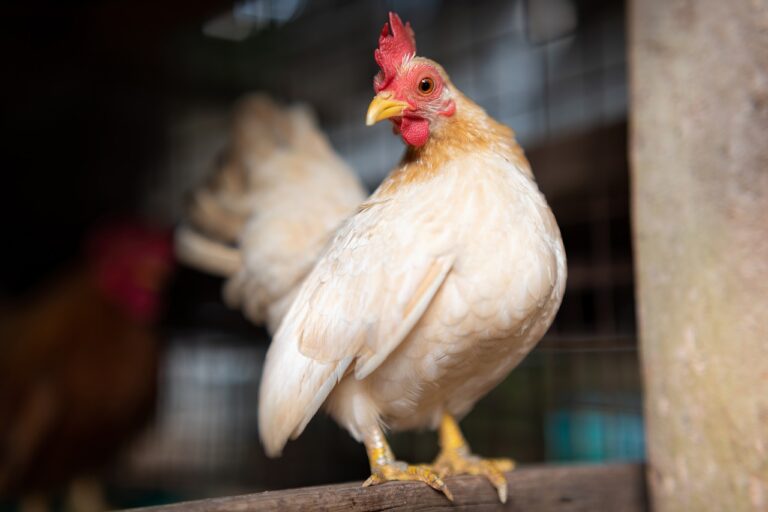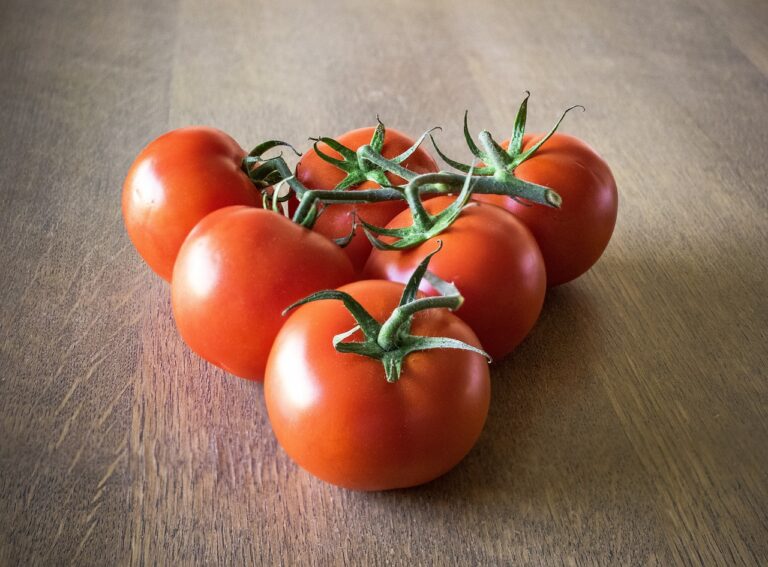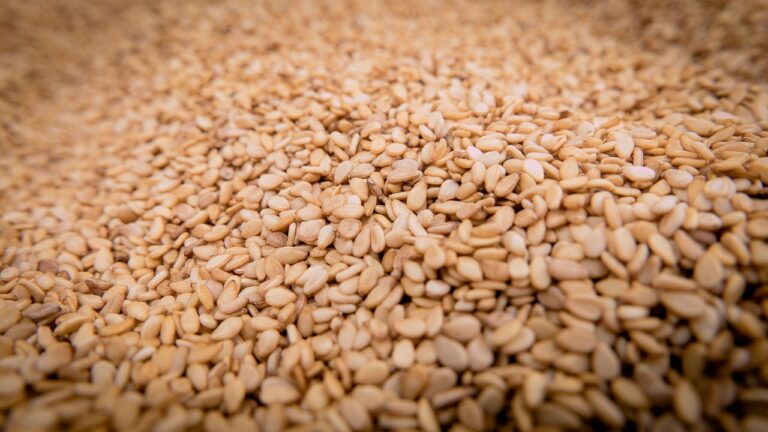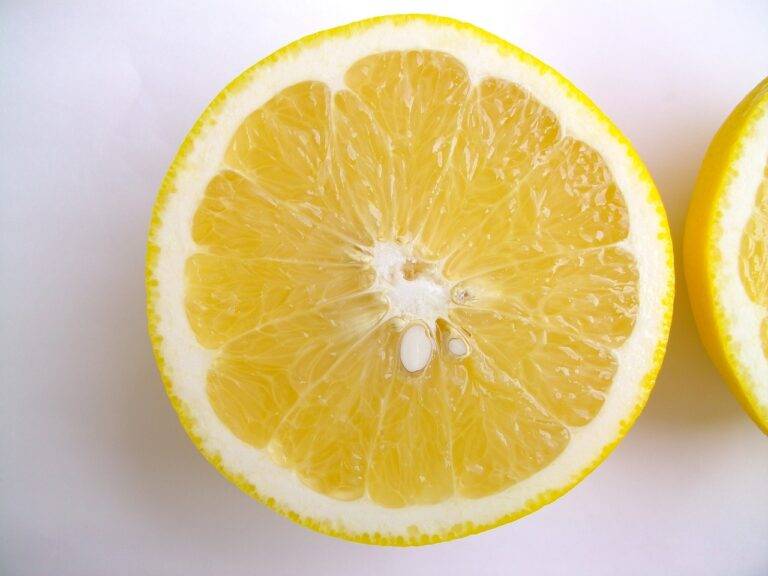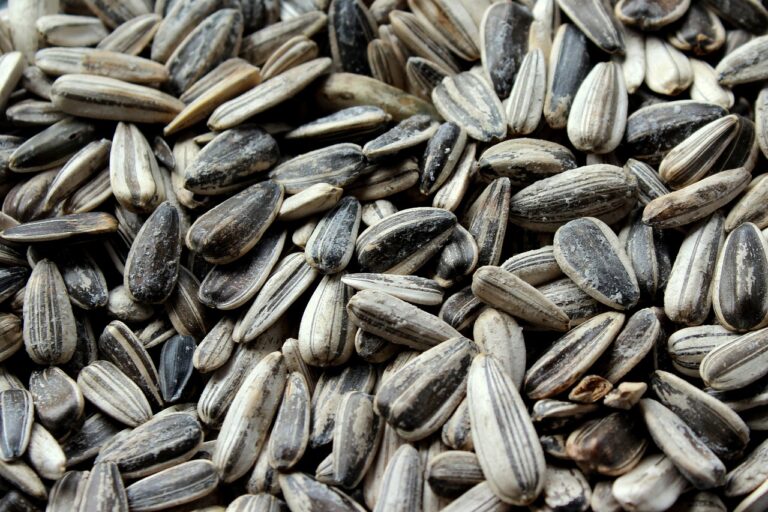The Future of Food Technology: Advances in Cultivated Seafood and Alternative Protein Sources
Traditional seafood production faces a myriad of challenges today. Overfishing has led to a decline in fish populations, disrupting marine ecosystems and threatening the livelihoods of fishermen who rely on these resources. Additionally, the impact of climate change has caused fluctuations in water temperatures and ocean acidification, further affecting the growth and survival of marine species. These environmental factors have put pressure on traditional seafood production methods, making it increasingly difficult to sustainably harvest fish and other seafood.
Moreover, issues such as pollution from run-off and plastic waste in oceans have tainted the quality of seafood, posing health concerns for consumers. The growing demand for seafood globally has also raised questions about the long-term viability of relying solely on traditional methods of production. These challenges highlight the urgent need for the seafood industry to innovate and adapt to more sustainable practices in order to ensure the continued availability of seafood for future generations.
Benefits of cultivated seafood
Cultivated seafood offers numerous advantages over traditional seafood production methods. The ability to control the environment in which the seafood is raised results in a more consistent product with higher quality and reduced risk of contamination. This controlled environment also allows for the customization of flavors and textures to meet consumer preferences, leading to a more tailored dining experience.
Furthermore, cultivated seafood reduces the pressure on wild fish populations, helping to conserve marine ecosystems and species that are at risk of overfishing. By providing a sustainable and reliable source of seafood, cultivation helps address food security concerns while minimizing the environmental impact of traditional fishing practices. The ability to scale up production quickly also makes cultivated seafood a promising solution to meet the growing global demand for seafood in a way that is both ethical and environmentally responsible.
Innovations in alternative protein sources
In recent years, the food industry has seen a surge in the development of alternative protein sources to meet the growing demand for sustainable and ethical options. One innovative approach gaining traction is the use of insect-based proteins. Insects are rich in protein, vitamins, and minerals, making them a promising alternative to traditional meat sources. Companies are exploring ways to incorporate insect protein into a variety of food products, from protein bars to pasta, offering consumers a novel and sustainable dietary option.
Another increasingly popular alternative protein source is plant-based meat substitutes. These products are designed to mimic the taste, texture, and appearance of traditional meat while being entirely plant-based. With advancements in food technology, plant-based meat substitutes have significantly improved in taste and texture, appealing to a broader audience, including meat-eaters looking to reduce their meat consumption for health or environmental reasons. As consumer demand for plant-based options continues to rise, the market for these innovative protein sources is expected to grow exponentially in the coming years.
• Insect-based proteins are rich in protein, vitamins, and minerals
• Companies are exploring incorporating insect protein into various food products
• Plant-based meat substitutes mimic the taste, texture, and appearance of traditional meat
• Advancements in food technology have improved plant-based meat substitutes
• Consumer demand for plant-based options is on the rise
What are some challenges in traditional seafood production?
Some challenges in traditional seafood production include overfishing, habitat destruction, bycatch of non-target species, and pollution of marine environments.
What are the benefits of cultivated seafood?
Cultivated seafood offers a more sustainable and efficient alternative to traditional seafood production. It can help reduce pressure on wild fish stocks, minimize environmental impact, and provide a consistent supply of high-quality seafood.
What are some innovations in alternative protein sources?
Some innovations in alternative protein sources include the development of plant-based meats, insect protein, and cultured meat. These products offer sustainable and ethical alternatives to traditional animal proteins.


